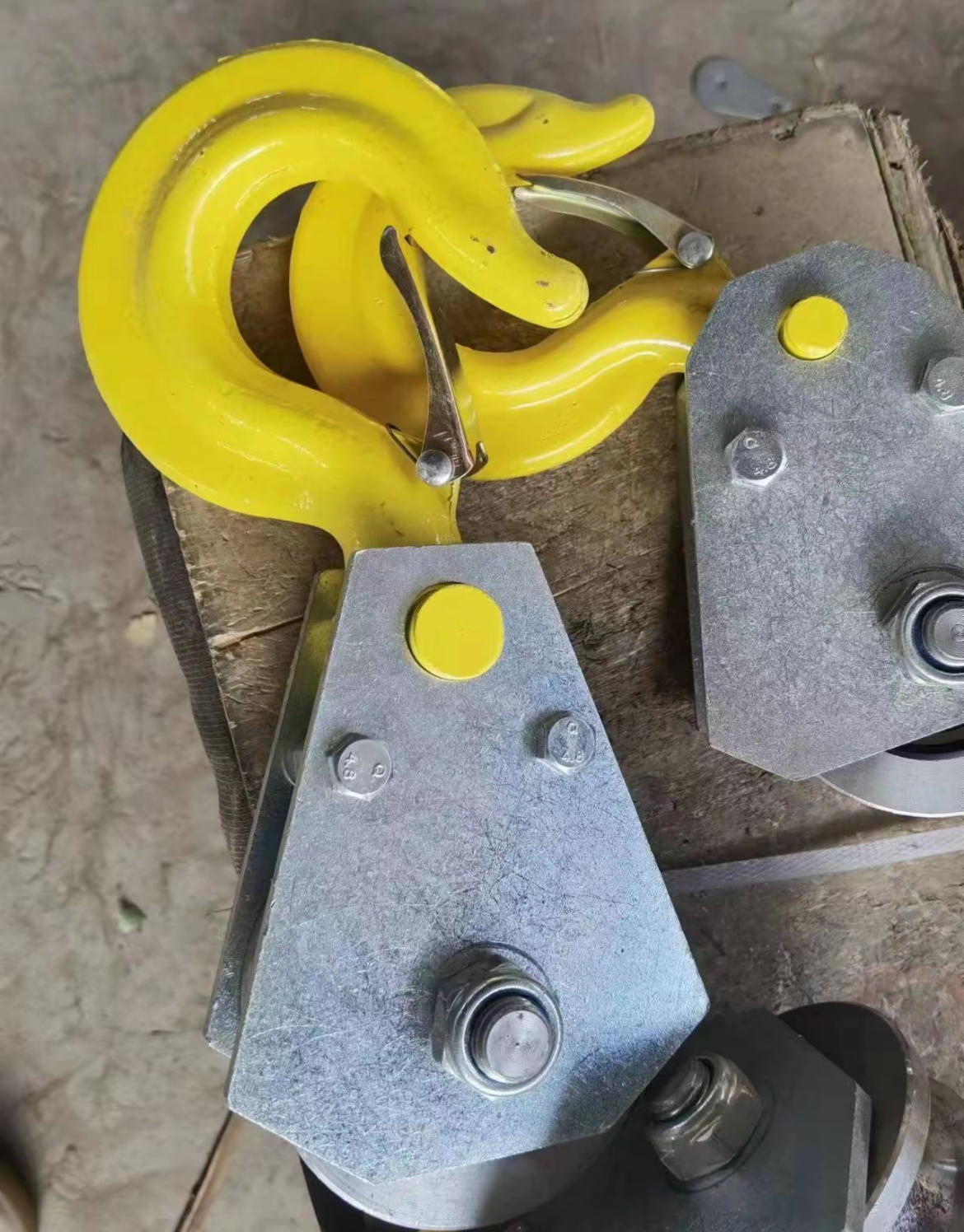Safety Above All: Key Details to Consider When Using Crane Hooks
In modern industry, lifting equipment is essential. The crane is a central piece of lifting equipment in many settings. The crane hook is the critical link between the crane and the load. Crane hook safety is paramount for all crane operations. Proper use of this lifting equipment component prevents accidents. This article details essential practices for crane hook use on any crane.
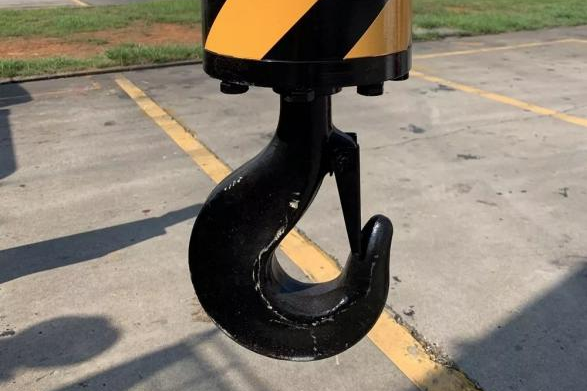
Pre-Operation "Check-Up": Thorough Inspection to Prevent Problems
Before commencing any lifting operation, a strict pre-use inspection of the crane hook is mandatory. This goes beyond a simple visual glance and must be a systematic process:
Static Visual Inspection: Carefully examine the hook's surface for cracks, breaks, or obvious plastic deformation. Pay close attention to stress concentration areas like the dangerous section (e.g., near the thread relief groove) and the hook neck. Any tiny crack can propagate under high load, leading to catastrophic failure.
Functionality Check: Check if the hook's rotation mechanism (if present) moves freely without sticking. Ensure the safety latch (lock) is intact and functional, with its spring return mechanism working correctly to close automatically and prevent the sling from accidentally slipping during operation.
Associated Components Check: The hook does not work in isolation; it connects to the main crane structure via sheaves, wire ropes, etc. Thus, the inspection should extend to the hook nut's locking device, the bearing lubrication, and the condition of the upper sheaves and wire rope for any issues like breaks or deformation. Well-maintained lifting equipment is the prerequisite for safety.
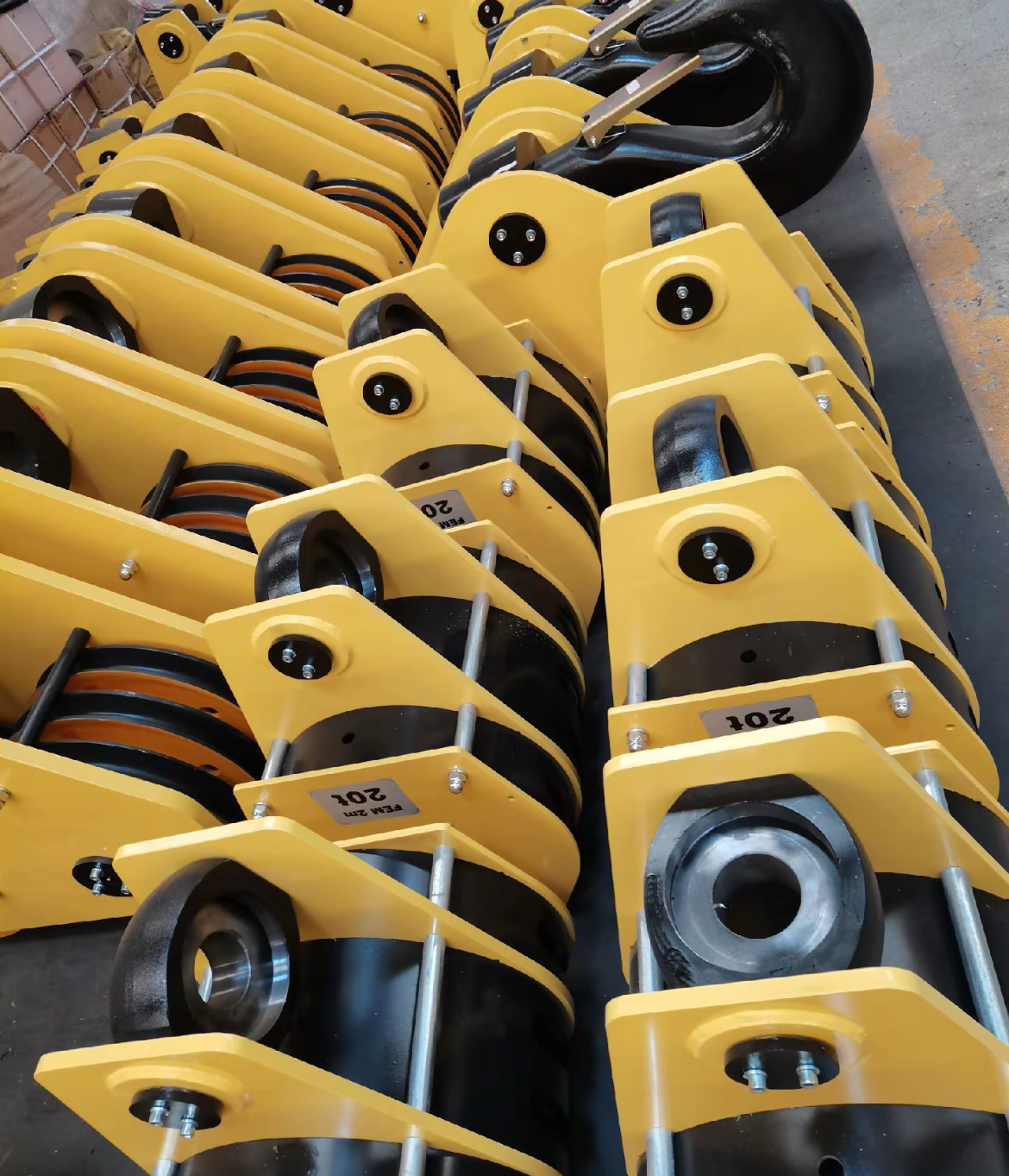
Operational "Protocols": Standardized Procedures and Precision
Once the crane is activated and the load begins to lift, attention to detail becomes even more critical:
Find the Center of Gravity, No Side Pulling: When attaching the load, ensure the hook's center of gravity is directly above the load's center of gravity. Strictly avoid side pulling or dragging, as this imposes extra horizontal forces on the crane hook, accelerating wear and potentially causing immediate structural damage. Clear communication and tacit coordination between the signaler and the crane operator are essential.
Smooth Lifting and Lowering, Avoid Shock Loads: Operate the crane smoothly, precisely, and efficiently, with emphasis on "smooth" movements. Lifting and lowering must be controlled, absolutely avoiding sudden acceleration or deceleration. The immense inertial shock loads can cause internal damage to the crane's structure, motor, and the hook itself.
Strictly No Overloading, Respect the Limits: Know the rated capacity of the crane and crane hook. Overloading is the primary cause of crane hook and lifting equipment failure. Respect the crane's limits.
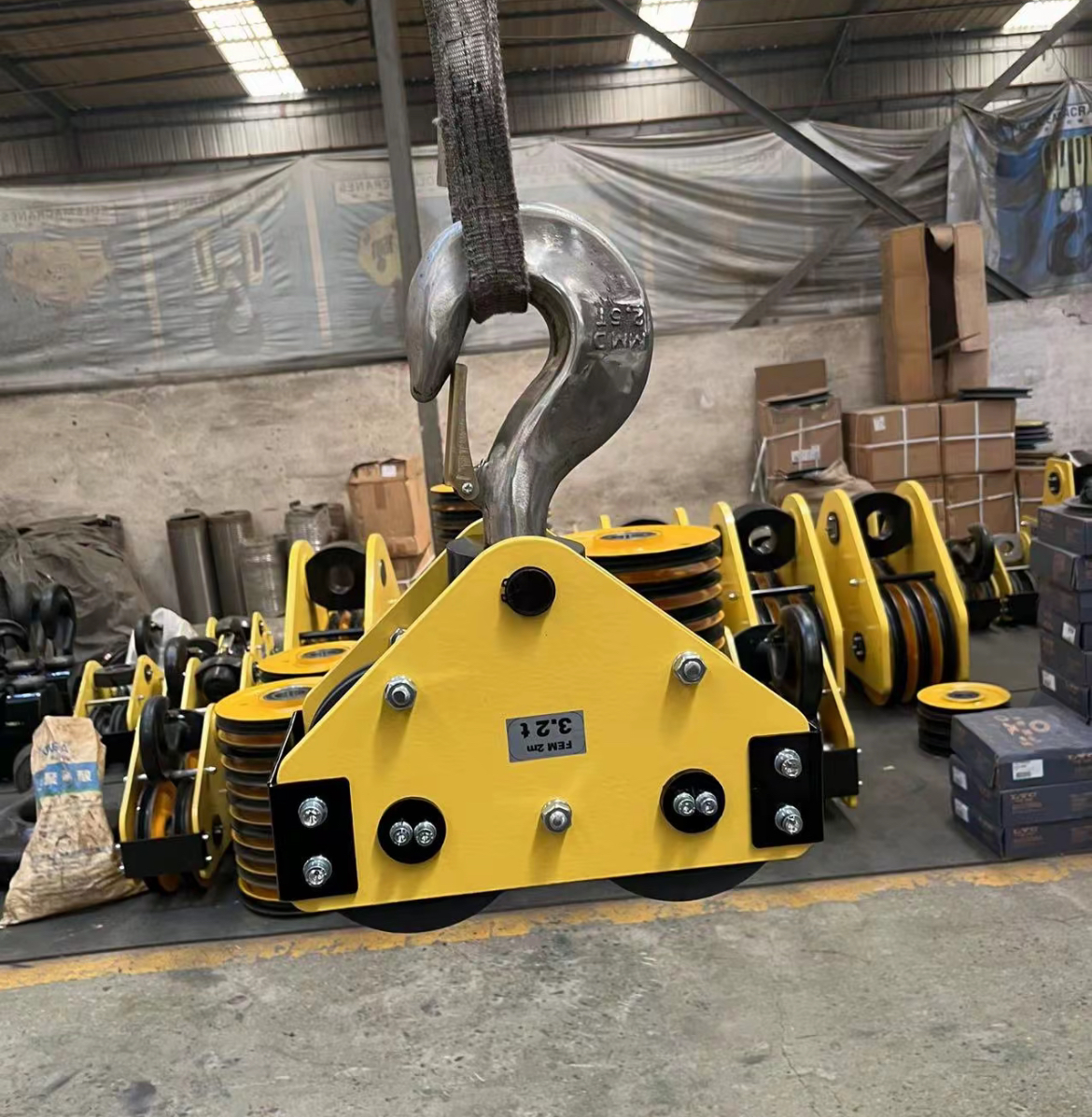 .
.
Post-Operation Care for Lifting Equipment
Maintaining the crane hook prolongs the life of your lifting equipment:
Proper Storage: After the crane is shut down, store the crane hook properly. Do not leave the hook where it can swing and hit objects.
Scheduled Maintenance: Include the crane hook in all lifting equipment maintenance schedules. Regular professional inspection of the crane hook ensures the entire crane system remains safe.
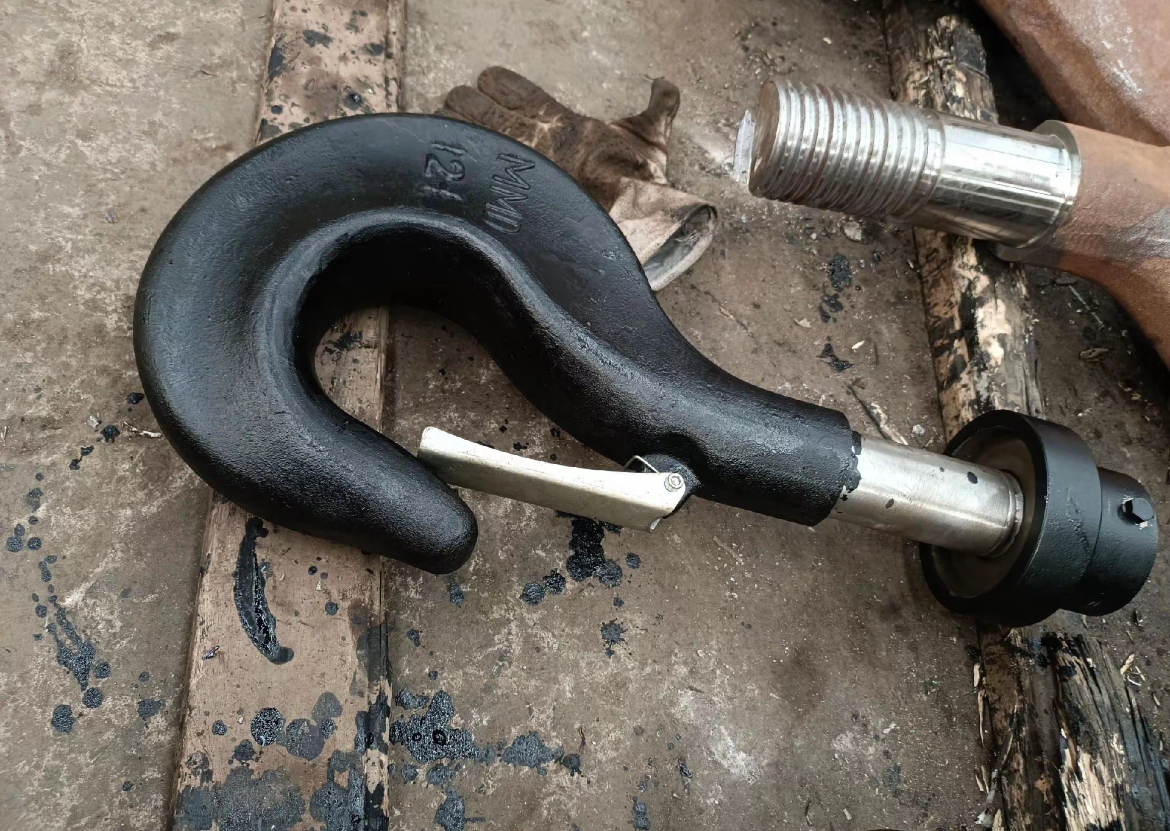
Conclusion
In summary, while the crane hook may be a small component, it is a vital link in the safety chain. Every detail, from the meticulous pre-operation inspection and standardized practices during work to proper care afterward, carries the weight of safety responsibility. Only by treating these critical components of our lifting equipment with the same care we afford our own well-being can we ensure that "safety first" transcends being a mere slogan and becomes the reality of every workday.
